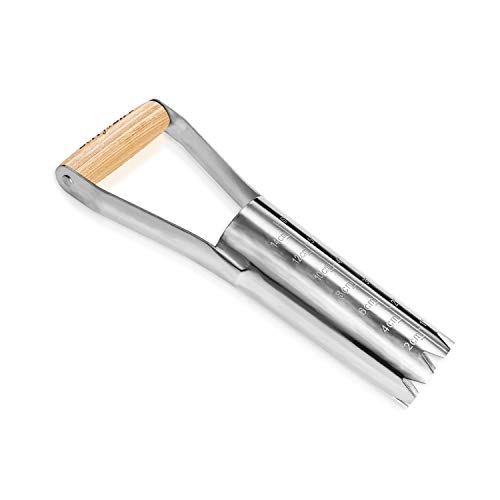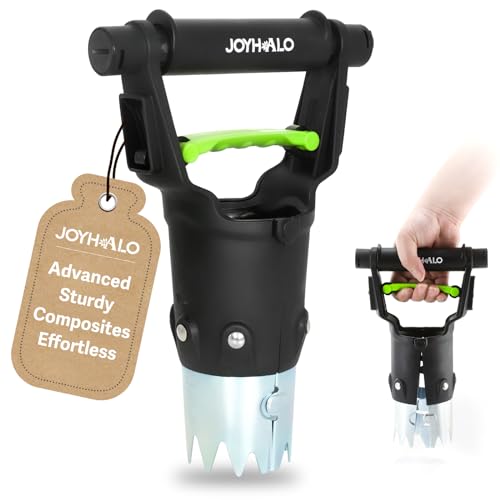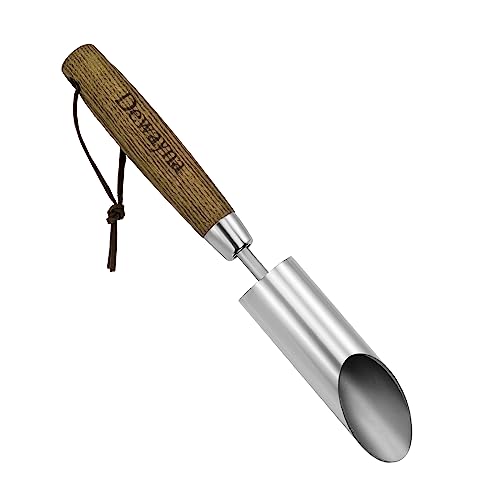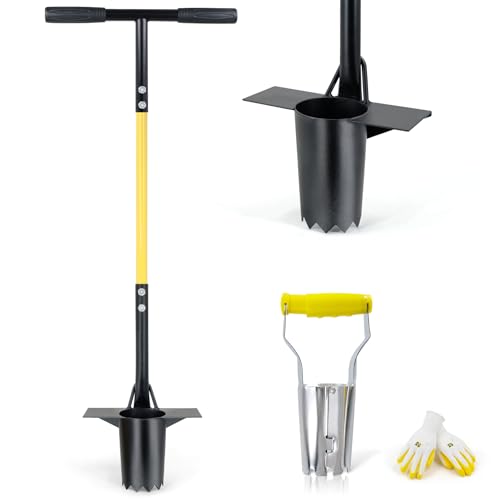Time is running out for planting tulip and daffodil bulbs, but this tool will speed the process up before winter arrives
Planting plenty of bulbs in the fall will produce a vibrant spring display

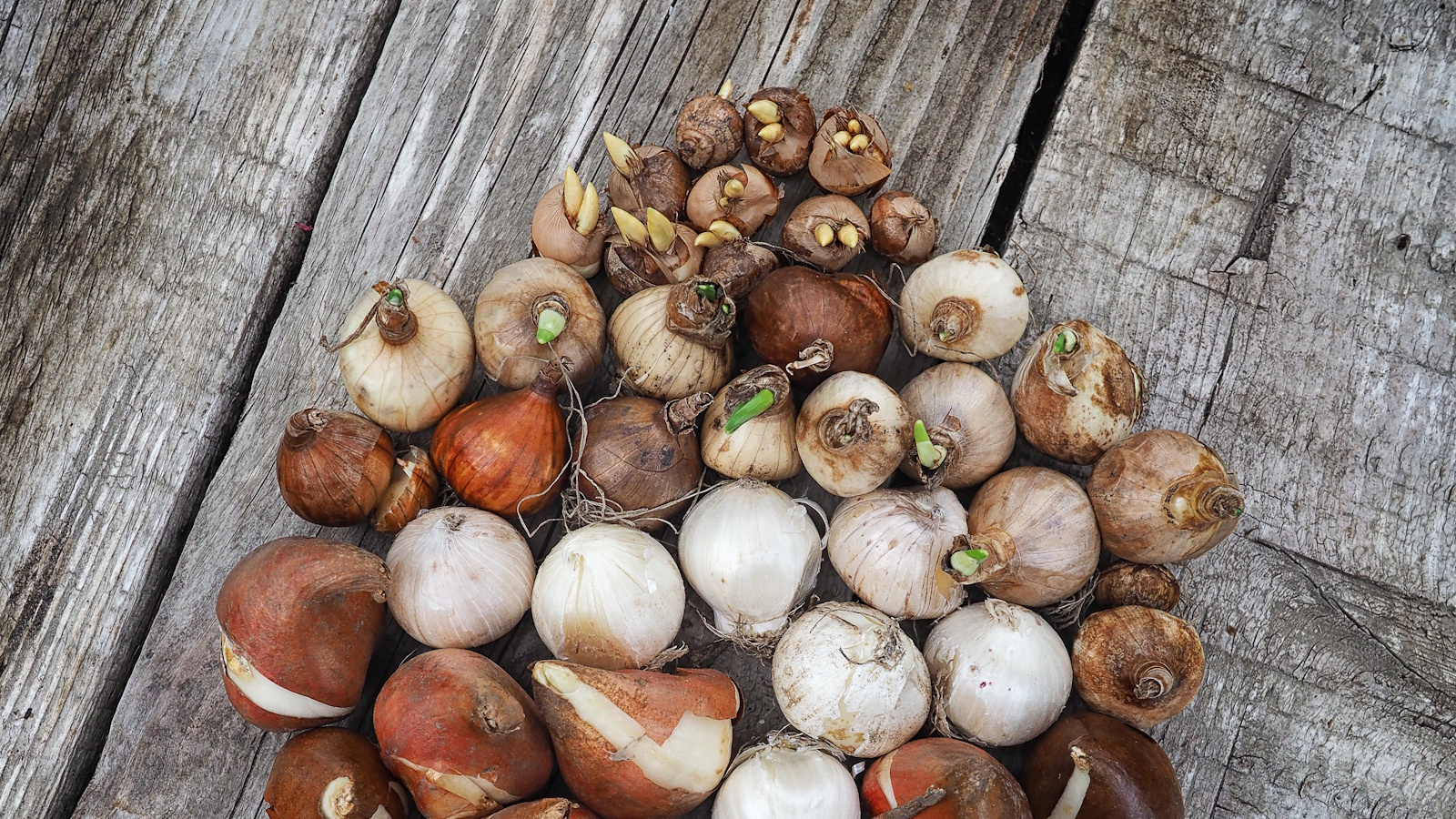
While it is not without reward, bulb planting can be a tough and time-consuming task. Having the right tools for the job certainly makes the process easier, speeding things up and ensuring that your bulbs are planted to the right depth.
As a former professional gardener, I have planted many thousands of bulbs over several years working in gardens across the UK and Italy. I wish I could say that I always achieved spectacular spring displays, but this has not been the case. When I was working in Tuscany, more than 1,000 tulip bulbs were planted in a wild meadow that sadly, over the fall and winter, were excavated and consumed by ravenous local istrice (porcupines).
While I am sure the same fate will not befall your spring bulbs, planting to the right depth will give your bulbs the best chance against hungry garden visitors. Here, I share some of the best deals for these essential gardening tools.
Best bulb planter deals
Using a bulb planter will make light work of your tulip, daffodil and hyacinth planting, and let's face it, any tool that helps with your fall gardening checklist can only be a good thing. I have found the best bulb planter deals - these tools will help you to plant efficiently and effectively.
Best short-handled bulb planter deals
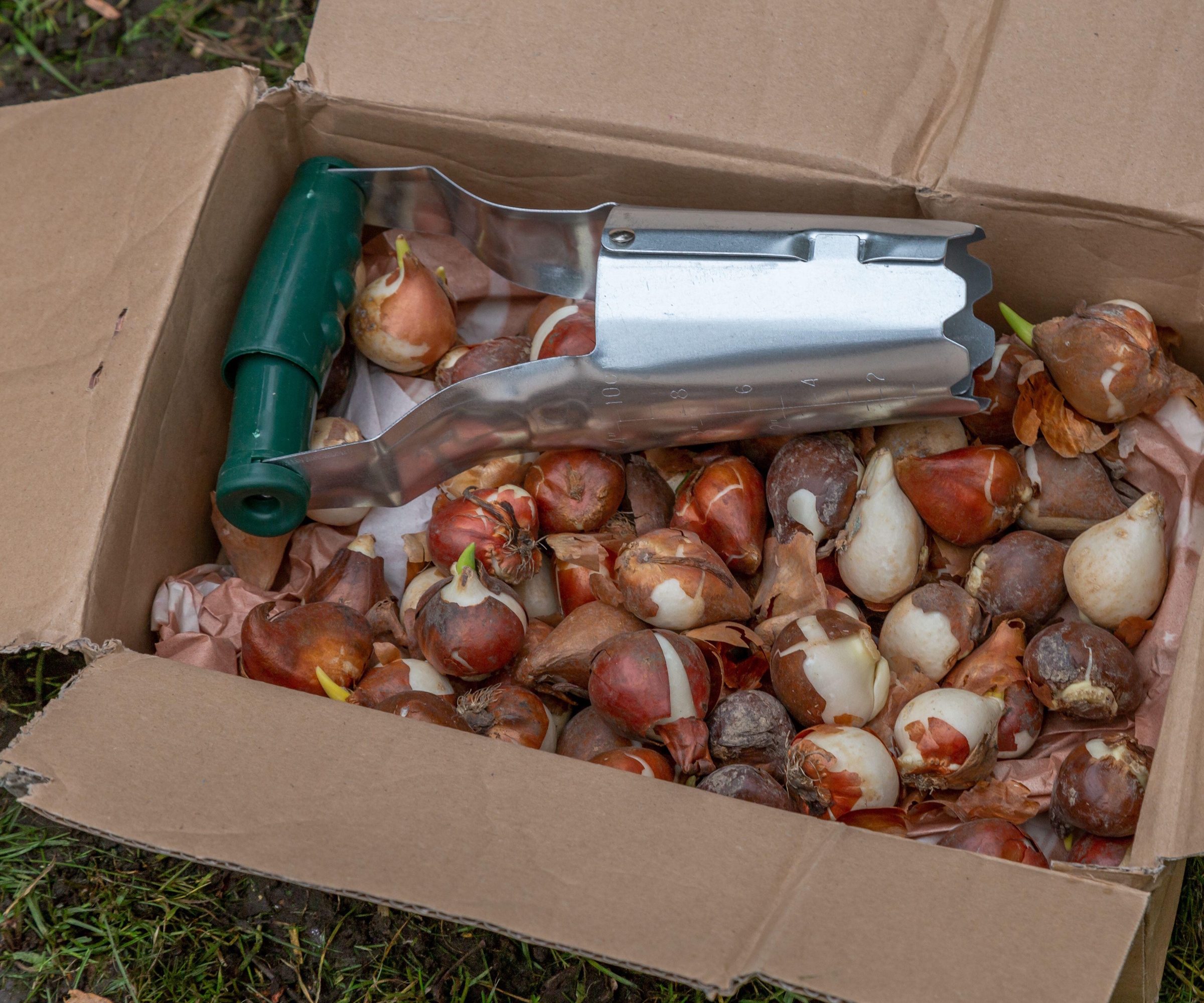
'Short-handled bulb planters are essential tools for gardeners,' says Tenielle Jordison, news writer on the gardens team at Homes & Gardens. 'They are particularly well suited to smaller bulbs or some of the best miniature bulbs, like croci or snowdrops.
'Simply place the bulb planter atop the soil, and use your body weight to force it into the ground. Twist and lift the soil out, before placing your bulb in the hole. Many short-handled planters have an automatic soil release function, allowing you to effortlessly refill the hole.'
Short-handled bulb planters are ideal for planting these purple 'Blue Moon' crocus bulbs, available from Amazon, for a colorful and impactful display next year.
Design expertise in your inbox – from inspiring decorating ideas and beautiful celebrity homes to practical gardening advice and shopping round-ups.

Tenielle is a News Writer in the Gardens team at Homes & Gardens with over five years of journalistic experience. She studied BA Journalism, Media and English Literature and MA Magazine Journalism at Cardiff University. During her studies, Tenielle focused on sustainable lifestyle content, with experience such as interning at pebblemag.com. Before coming to Homes & Gardens, Tenielle was in the editorial department at the Royal Horticultural Society and worked on The Garden magazine.
Best long-handled bulb planter deals
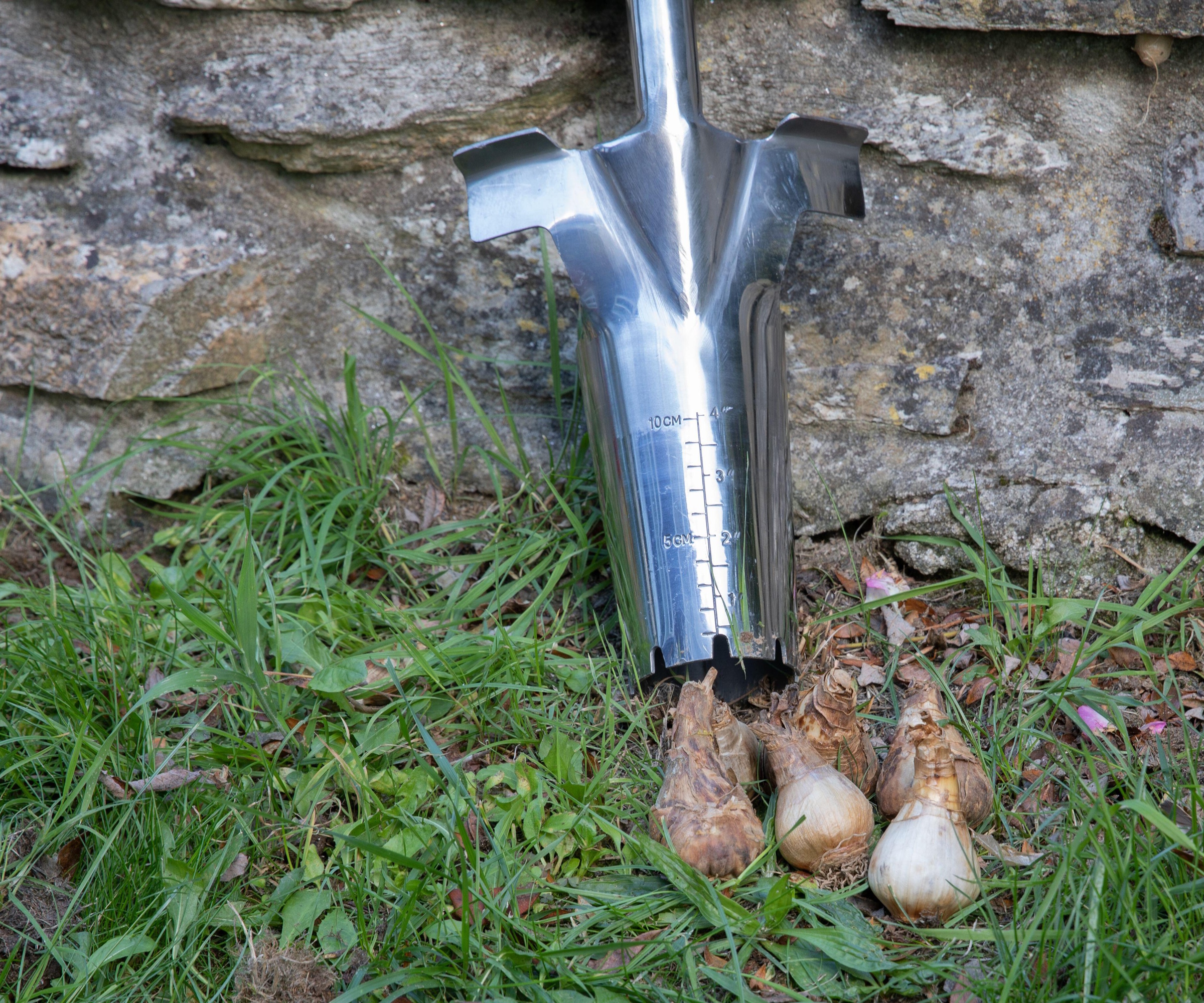
'Long-handled bulb planters are your best option if you are intending to plant hundreds or maybe thousands of tulip bulbs this year,' says Rachel Bull, head of gardens at Homes & Gardens.
'By using a long-handled bulb planter, you can ensure that you plant bulbs at the correct depth, which is a crucial factor for healthy growth,' Rachel adds. 'These tools also ease the pressure on your back, reducing the need to bend down when planting.'
When considering how deep to plant bulbs, while this will vary from species to species, the general rule is that you should always plant at two to three times the size of the bulb. For example, for a tulip bulb measuring 1 inch in diameter, dig a hole that is 2-3 inches deep. This can be easily done with a long-handled bulb planter.
Why not try these 'Apricot Impression' tulip bulbs, available from Amazon, for a vibrant spring display?
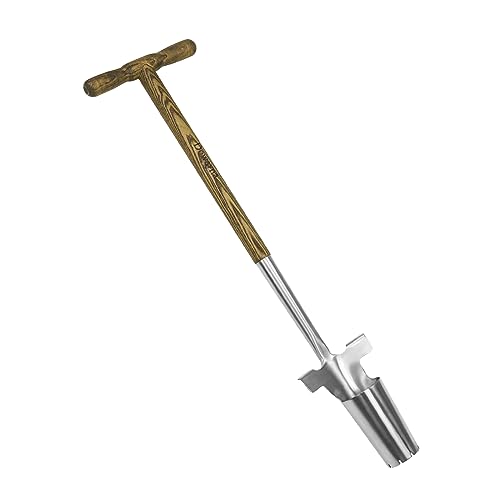
This Eadwiella bulb planter is ideal for when you have a large number of bulbs to plant and you are worried about bending down. It measures 45.6 inches/3.8 feet. With a serrated edge, this tool will easily penetrate the soil, quickly digging multiple holes for your tulip bulbs.
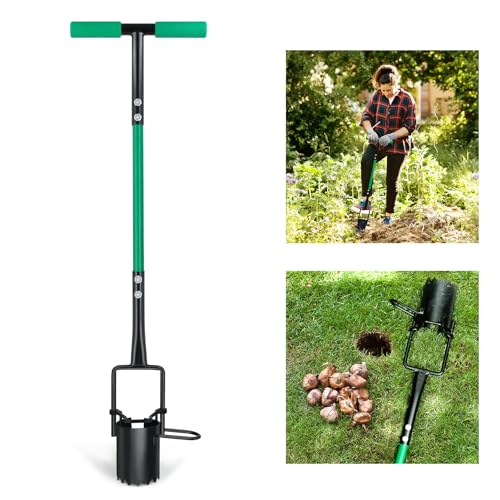
This Altdorff 5-in-1 heavy-duty tool is not only a bulb planter, but it can be used as a weeder, hole digger, sod plugger and grass plugger. With a green design and measuring 39 inches/3 feet tall, you can instantly dig out a 3.5-inch diameter planting hole for your hyacinth and tulip bulbs.

Rachel is a gardening editor, flower grower and floral designer. Her journalism career began on Country Living magazine, sparking a love of container gardening and wild planting. After more than a decade writing for and editing a range of consumer, business and special interest titles, Rachel became editor of floral art magazine The Flower Arranger. She then trained and worked as a floral designer and stylist in London for six years, before joining the Homes & Gardens team.
Best auger drill bulb planter deals
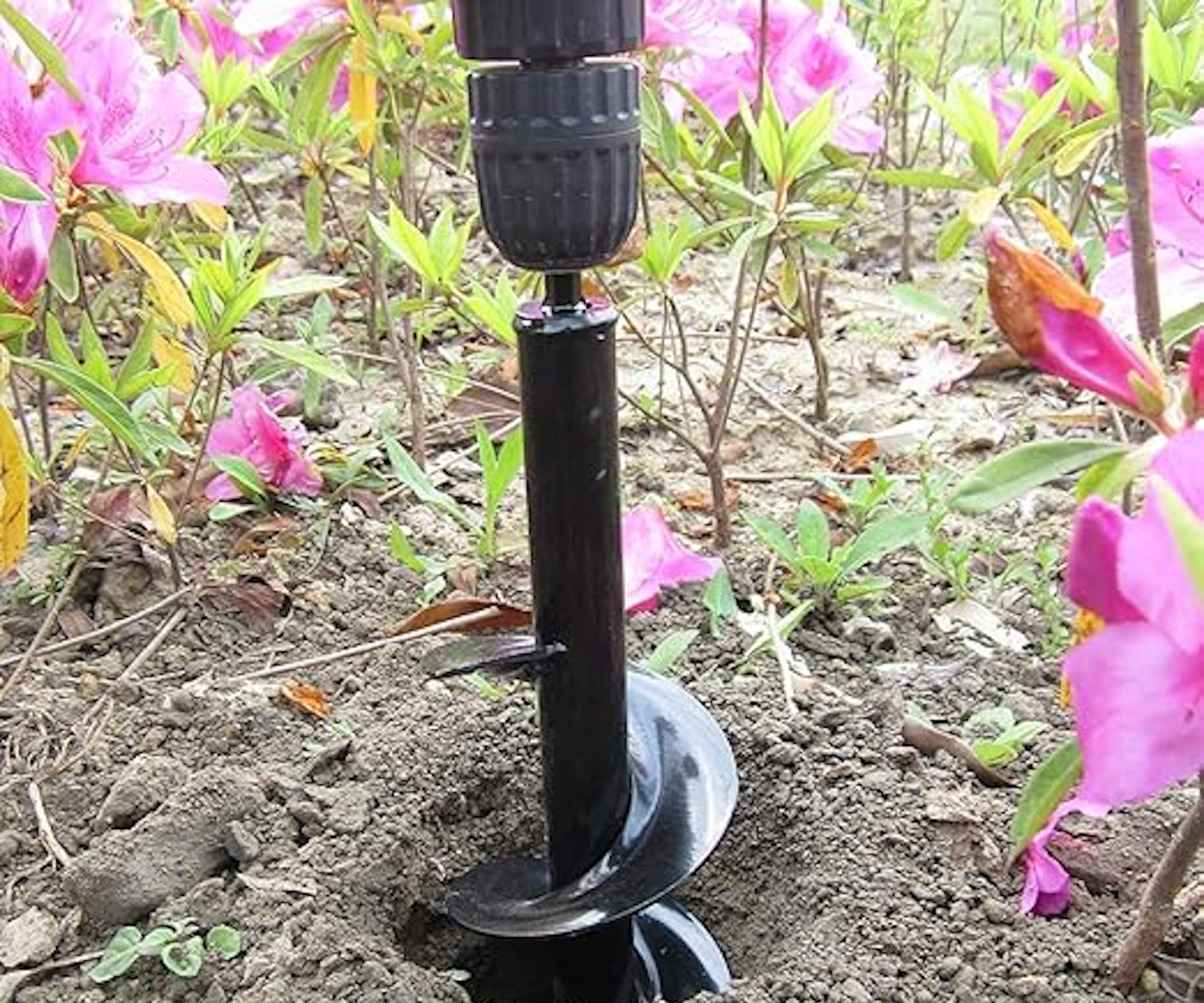
Bulb planting auger drill bits are a brilliant option when planting bulbs in fall. As a gardener, I have used these accessories when planting large quantities of bulbs in heavy soils, and they make quick work of a tough job.
There are different sizes available, and longer options are preferable if you have lots of planting to do and want to avoid bending or kneeling. While auger drill bits loosen the soil, you will have to lift the soil out yourself to position your bulb. In my experience, the trick is to dig in stages, so lifting out the soil from one hole to backfill another that has a bulb placed at the bottom.
Auger drill accessories are particularly useful for planting larger bulbs, like these bright orange Fritillaria Imperialis, available from Amazon, one of the most impactful spring blooms.
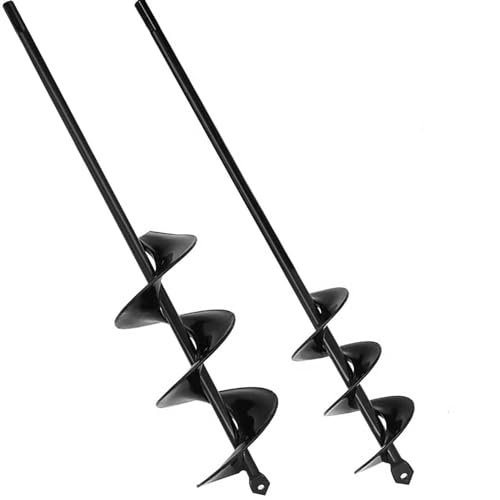
Made of heavy-duty steel, this Syitcun auger drill accessory will ensure that your bulb planting is quick and pain-free, whatever the soil. Productivity will increase tenfold using this tool, and is much easier than using a shovel, fork or other hand tools. What's more, with a longer drill accessory, you can avoid bending when completing your bulb planting.
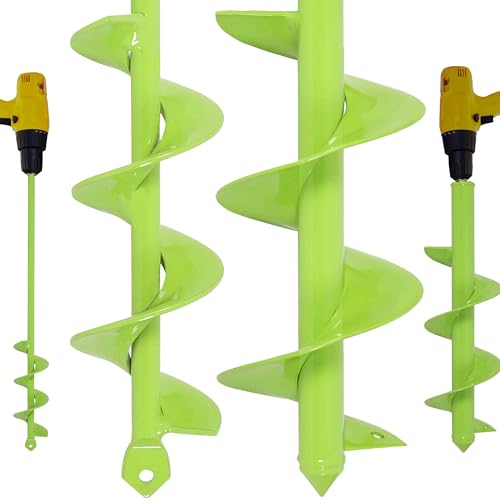
This green Syitcun auger drill accessory will make easy work of your bulb planting. Even if you are new to gardening, this simple attachment is straightforward to use once attached to a standard 3/8-inch hex-bit drill. What's more, it's not just limited to garden work. You can easily dig holes for fences, trees and even bench umbrellas.
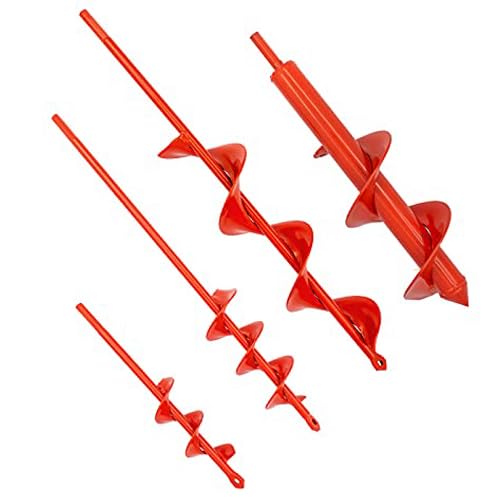
With four sizes available, you can select the auger drill accessory that best suits your needs. These red drill bits come in a range of lengths, from 8 to 17 inches. Compatible with most drills, simply attach and get to work, digging several holes in a matter of minutes. To ensure your tools remain in good condition, keep them clean from soil when not in use.
FAQs
Should I add fertilizer in the holes when bulb planting?
Adding a small sprinkling of fertilizer can be a good idea when planting bulbs. I tend to use a slow-release bone meal fertilizer, available from Amazon, that will help to promote root growth during the fall and winter. Simply combine a small amount of feed with the soil when planting.
Experts are often divided on the exact time to plant bulbs. In my experience, planting early flowering daffodils in early fall, usually around October or November, is a good idea, while planting late flowering tulips in mid-fall, typically November or December, will result in spectacular floral displays next year. Whatever bulbs you opt for, just be sure to use a tool that makes the job as pain-free as possible. For a natural, wild look, why not consider learning how to plant a bulb lawn? Our guide has all the information you need to know.

Thomas is a Content Editor within the Gardens Team at Homes and Gardens. He has worked as a professional gardener for both public spaces and private estates, specializing in productive gardening, growing food and flowers. Trained in Horticulture at the Garden Museum, he has written on gardening and garden history for various publications, including The English Garden, Gardens Illustrated, Hortus, The London Gardener and Bloom. He has co-authored a Lonely Planet travel book, The Tree Atlas, due out in 2024.
